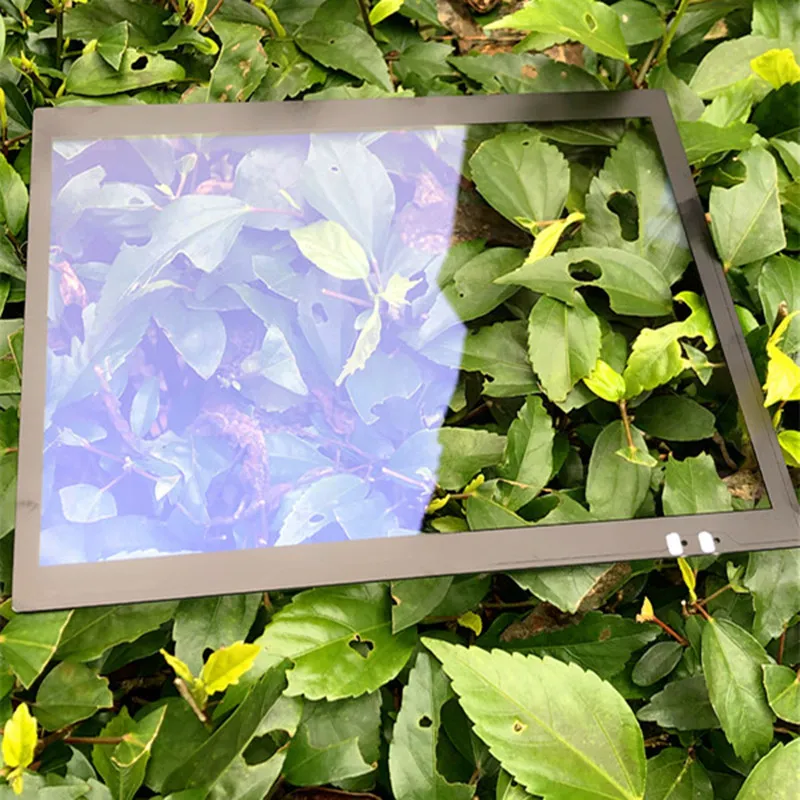Nov . 20, 2024 06:24 Back to list
12mm toughened glass
The Importance of 12mm Toughened Glass in Modern Architecture
As architectural designs evolve, the demand for innovative and durable materials has surged. Among these, 12mm toughened glass stands out for its superior strength and versatile applications. This type of glass, also known as tempered glass, undergoes a rigorous heat treatment process that significantly enhances its strength compared to standard glass. The benefits it offers make it a preferred choice in both residential and commercial buildings.
One of the primary advantages of 12mm toughened glass is its remarkable resistance to impact. During the tempering process, the glass is heated to over 600 degrees Celsius and then rapidly cooled. This thermal treatment alters the internal structure of the glass, allowing it to withstand greater physical stress. As a result, 12mm toughened glass is less likely to shatter upon impact, making it an ideal choice for environments where safety is a concern, such as in public buildings or high-traffic areas.
Moreover, the thickness of 12mm enhances its sturdiness, making it well-suited for large glass panels in facades and windows. Architects and designers often prefer the sleek and modern aesthetic that expansive glass surfaces provide. 12mm toughened glass allows for larger unobstructed views, promoting natural light and creating an open atmosphere within interiors. This feature is particularly valuable in contemporary architecture, where transparency and connection with the surrounding environment are paramount.
12mm toughened glass

Another significant advantage of 12mm toughened glass is its safety attributes. In case of breakage, it shatters into small, blunt pieces rather than sharp shards, which reduces the risk of injury. This characteristic makes it a popular choice for both residential and commercial applications, including shower screens, balustrades, and glass doors. The safety benefits combined with aesthetic qualities contribute to its growing usage in various architectural contexts.
In terms of thermal performance, 12mm toughened glass can be paired with insulating materials to improve energy efficiency. High-performance coatings and double glazing options can be utilized alongside toughened glass to minimize heat loss and enhance insulation. This combination not only contributes to environmental sustainability but also reduces energy costs for heating and cooling.
In conclusion, 12mm toughened glass is a fundamental material in modern architecture, offering a blend of strength, safety, and aesthetic appeal. Its ability to withstand impacts, shatter safely, and provide expansive views makes it an ideal choice for a wide range of applications. As the trend toward glass-heavy designs continues, the significance of toughened glass will only grow, solidifying its place in future architectural developments.
-
Safety and Style with Premium Laminated Glass Solutions
NewsJun.24,2025
-
Reinvents Security with Premium Wired Glass
NewsJun.24,2025
-
Premium Float Glass Line for Modern Architecture
NewsJun.24,2025
-
Low Emissivity Glass for Energy-Efficient Architecture
NewsJun.24,2025
-
High-Performance Insulated Glass Solutions for Modern Architecture
NewsJun.24,2025
-
Elevates Interior Style with Premium Silver Mirror
NewsJun.24,2025
Related PRODUCTS














